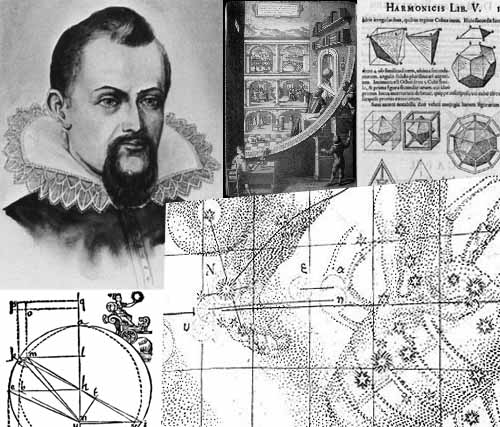|
Back..
Kepler's Supernova
In October 1604, a few years before the first telescope, a bright, new star appeared in the night sky, together with Jupiter, Mars and Saturn. At first, the new-comer was as bright as Mars and soon became brighter than Jupiter. It remained visible to the naked eye for eighteen months before fading from sight. The astronomer Kepler studied the star and documented its evolution in his book De Stella Nova (The New Star). We now understand that Kepler witnessed a supernova explosion. Kepler's supernova is the most recent supernova to occur in Milky Way. The next is well overdue - on average, a galaxy the size of the Milky Way should produce around one supernova per century. |

Although Kepler observed before telescopes, cameras and computers, he was the first to determine that the planets moved round the Sun in elliptical orbits. The hand drawn chart shows the position of the "new star". |
